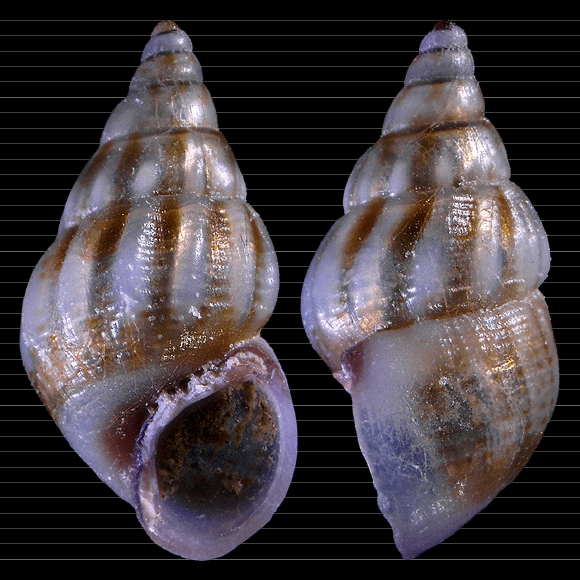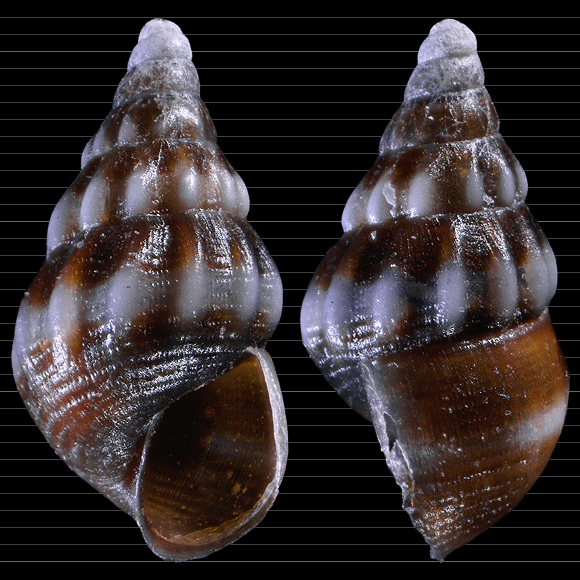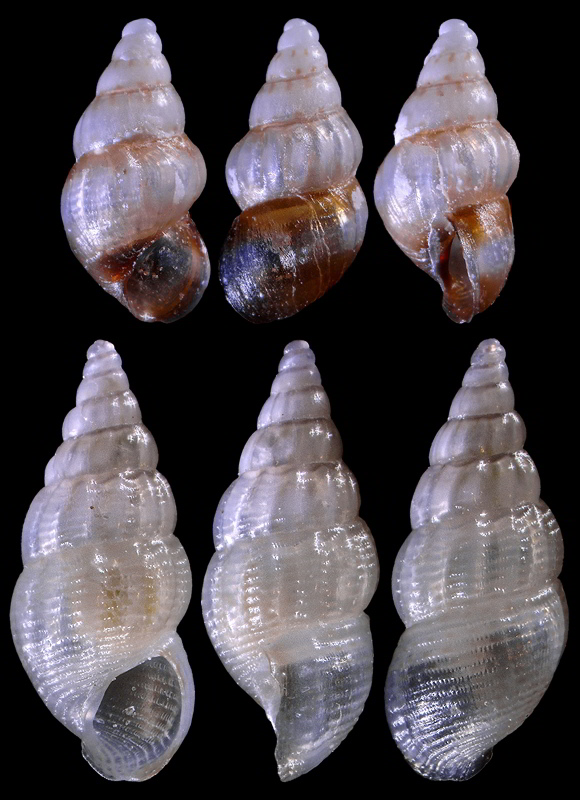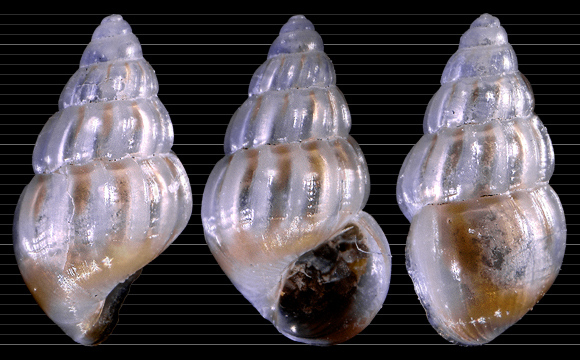– first part –
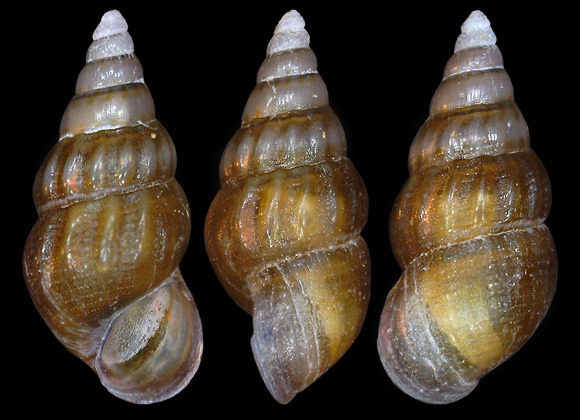
Grazer and detritus feeder in the shallow rocky infralittoral.
Synonyms: apiculata, melanostoma, nitens, nitida…
Shallow water, bottom of sand with Posidonia patches, Ghjunchitu Bay, Isola Rossa, NW. Corsica. 3,5mm.
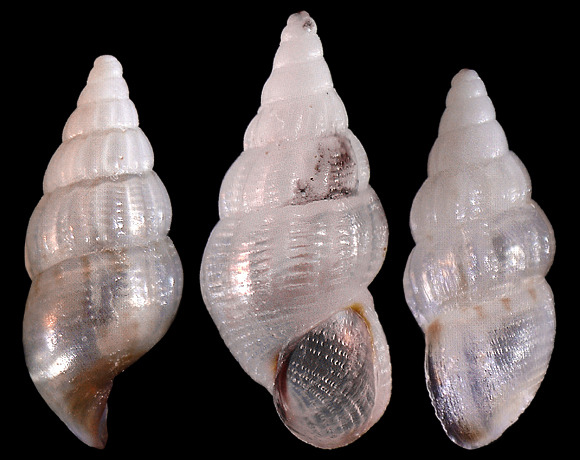
« Shell small, white; whorls 6-7, adorned with longitudinal costae, and with poorly apparent transverse streaks; aperture ovate, marginated, with a purplish peristome, not exceeding in witdh that of the penultimate whorl. » – A. Scacchi: Catalogus Conchyliorum regni Neapolitani, Napoli 1836, p.15, note 28. Notice the dotted spirals and the pattern, here extremely weak and visible only below the suture on the last whorl, of brown flamules that run between the radial costae.
Same spot. 3,1-3,6mm.
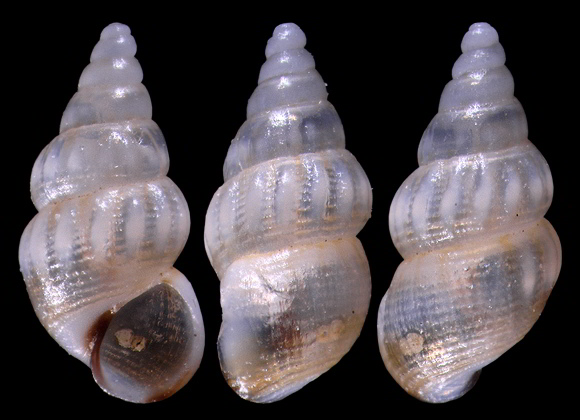
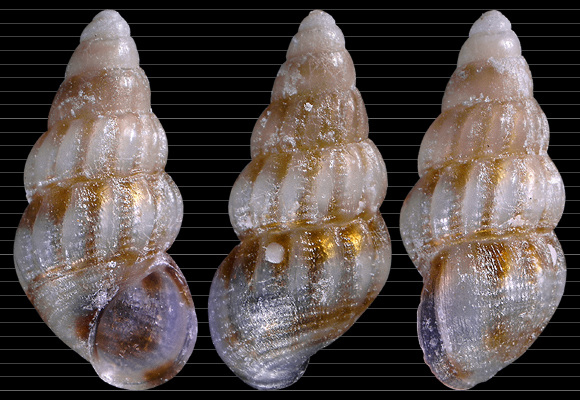
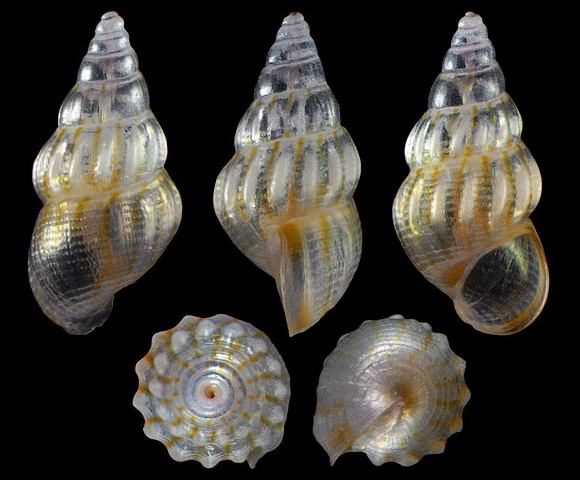
« Between the ribs, narrow yellowish brown longitudinal colour lines can often be seen, which may be broken into two or, rarely, three parts, and which continue on the base of the shell. » – A. Verduin: “On the taxonomy and variability of recent European and North African species of the subgenera Apicularia and Goniostoma of the genus Rissoa”, Basteria vol. 49, 1985, p.118. – Specimen from Mallorca, Baleares, on Wikimedia Commons. Original pictures provided by H. Zell.
– (CC BY-SA) –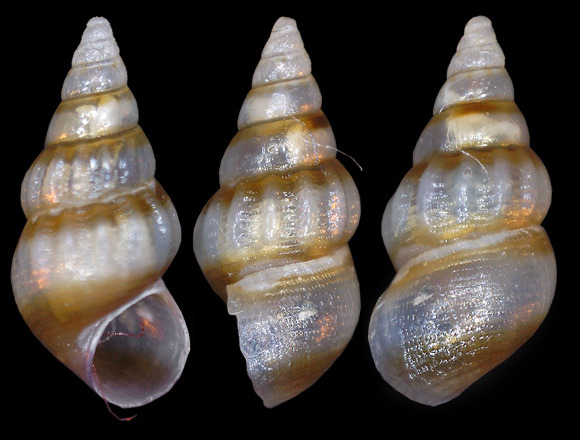
According to Verduin, this pattern of spiral bands can be discontinued. Ghjunchitu Bay, Isola Rossa. 3mm.
